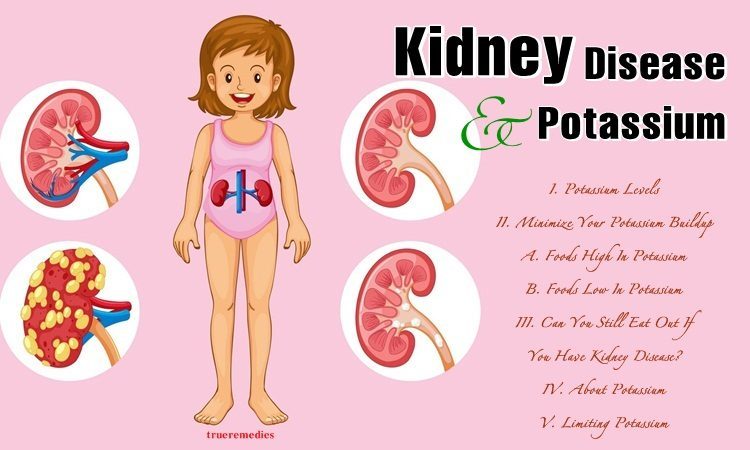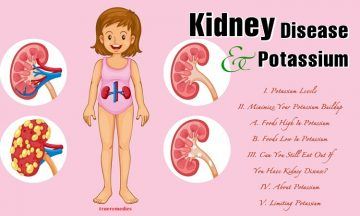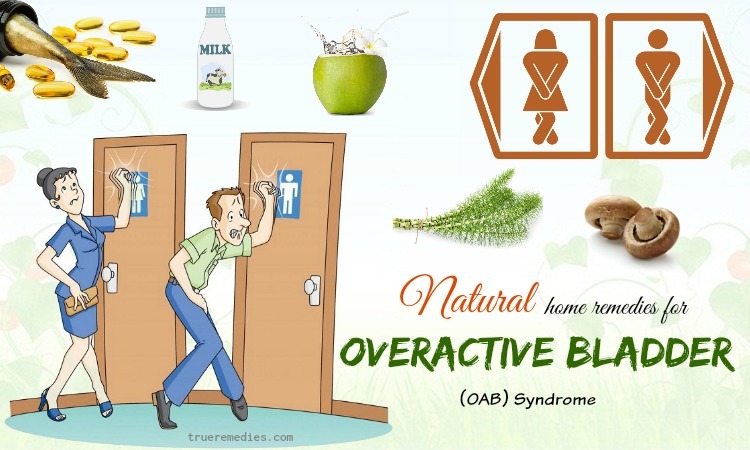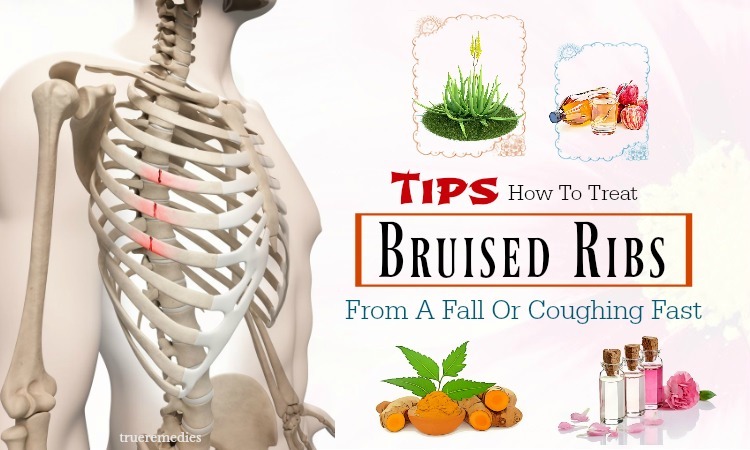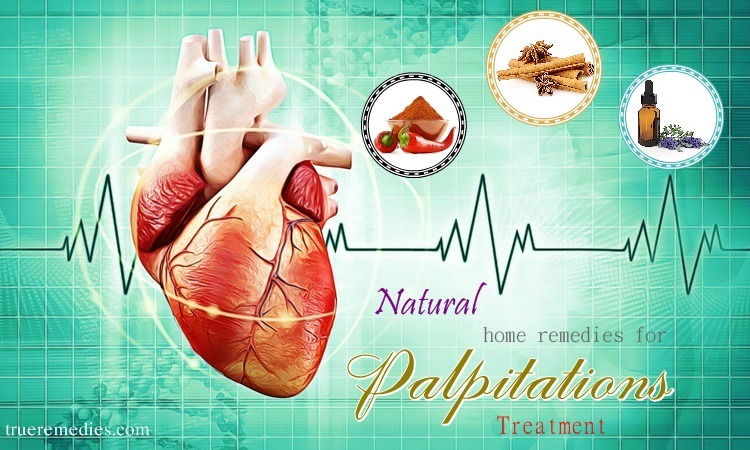Table of Contents
The National Kidney Foundation shows that more than 30 million people in the United States suffer from kidney disease[1].
People with kidney disease should limit the quantity of potassium they eat since their kidneys can’t process potassium properly, which causes it to accumulate in the blood[2]. Besides, medications used to deal with kidney disease may increase potassium levels. Making dietary changes is considered as one of the best ways to curb potassium levels. It means that you need to avoid high-potassium foods and replace them with low-potassium alternatives. Let’s check out kidney disease and potassium: diet do’s and don’ts in this article on our TrueRemedies site.
- Natural home remedies for kidney failure
- Home remedies for kidney infection relief
- Home remedies for kidney pain
Kidney Disease And Potassium: Diet Do's And Don'ts
I. Why Do Your Potassium Levels Matter?
The kidneys are vital for overall health, which performs many important functions in the body. Flushing waste products and excess fluids out of your blood is the main function of the kidneys. They also release three vital hormones namely calcitriol, rennin, and erythropoietin. These hormones help to maintain good health. The kidneys are also helpful in regulating blood pressure, synthesizing vitamin D, and increasing red blood cell production. It additionally helps keep electrolytes, such as phosphates, potassium, and sodium at stable levels. Those with kidney disease have diminished renal function[3]. They can’t regulate potassium effectively, which can cause hazardous potassium levels to remain in the blood. Apart from that, potassium levels are increased by some medications used to treat kidney disease. High levels of potassium usually develop gradually over weeks or months that can cause feelings of nausea or fatigue. You may undergo heart palpitations, chest pain, or difficulty in breathing if your potassium spikes quickly. You must call your doctor if you start experiencing these symptoms.
II. How Can You Minimize The Buildup Of Potassium?
Making dietary changes is one of the best methods to decrease the buildup of potassium. To do that, you will need to know which foods are low in potassium and which are high.
A. Foods High In Potassium To Avoid
People with kidney disease should avoid or limit foods high in potassium. Low-potassium levels may cause muscle weakness. High potassium levels can lead to serious symptoms, including muscle cramping and irregular heartbeat. A dietitian or doctor can help you explain the proper amount of potassium to consume.
Some foods high in potassium that patients with kidney disease should avoid or limit include:
TrueRemedies Partner Solutions

Need a Help from the Leading Expert Online, Available 24/7?
They’re all here and ready to answer your questions online or by phone. Keep asking questions until you get the answer you need.
1. Avocados: Avocados often provide you with many nutritious qualities such as antioxidants, fiber, and heart-healthy fats. While they are a healthy addition to the diet, people with kidney disease may need to stay away from this fruit. This is because it is abundant in potassium. A cup of avocado provides about 727 mg of potassium[4]. Therefore, because of its high potassium content, this fruit should be limited to a renal diet.
2. Banana: Bananas are loaded with potassium and need to be limited or avoided on a renal diet. A medium banana offers 422 mg of potassium[5].
3. Whole-Wheat Bread: For people with kidney disease, selecting the right bread may be confusing. Whole-wheat bread is often recommended over white flour, refined bread for healthy people. Whole-wheat bread is a nutritious option because it contains a high content of fiber. However, white bread is recommended over varieties of whole-wheat for those with kidney disease. This is due to its potassium and phosphorus content. For example, white bread consists of only 28 mg of both potassium and phosphorus[6]. In comparison, a 1-ounce of the serving of whole wheat bread has 69 mg of potassium and 57 mg of phosphorus.
4. Brown Rice: Being a whole grain, brown rice is loaded with potassium and phosphorus. A cup of cooked brown rice has 154 mg of potassium and 150 mg of phosphorus while one cup of cooked white rice has only 54 mg of potassium and 69 mg of phosphorus[7] [8]. Thus, brown rice will likely need to be limited or portion-controlled on a renal diet. Couscous, white rice, buckwheat, and bulgur are all good alternatives.
5. Oranges And Orange Juice: Oranges and orange juice are a rich source of potassium. A large orange contains 333 mg of potassium. A cup of orange juice provides 473 mg of potassium[9] [10]. Orange, and orange juice need to be limited or avoided on a renal diet because of their high potassium content. Instead, you can use grapes, cranberries, apples or their juices since they are low in potassium.
6. Apricots: Apricots are abundant in fibers and vitamins A and C. However, individuals with kidney disease should avoid apricots because they are storehouses of potassium. A cup of fresh apricots contains 427 mg of potassium[11] while a cup of dried apricots offers more than 1,500 mg of potassium[12].
Other high-potassium foods include nuts, potatoes, bamboo shoots, most dairy products, beans and legumes, salty foods, coconut water, processed meats, fast foods, spinach, cantaloupe, honeydew, etc.
B. Foods Low In Potassium To Add
Low-potassium foods may be a safe choice for people with kidney disease. The American Kidney Foundation shows that a potassium-restricted diet allows for about 2,000 milligrams of potassium every day. There are various foods that are low in potassium. A half of the cup is the suggested serving size for these foods. It’s important to stay within the suggested guidelines because eating over one serving may turn a low potassium option into a snack with high potassium.
Low-Potassium Foods include:
- Grapes and grape juice
- Apples, applesauce, and apple juice
- Watermelon
- Carrots
- Broccoli
- Most berries, including blackberries, blueberries, strawberries, and raspberries
- Kale
- Cabbage
- Zucchini and yellow squash
- White rice, bread, and noodles (not whole grain)
III. Can You Still Eat Out If You Have Kidney Disease?
Yes, you can look for kidney-friendly foods in every type of cuisine. For instance, seafood, grilled or broiled meat are good choices at most American restaurants. Instead of eating a potato-based side such as chips, fries, or mashed potatoes, you can choose a salad. Skip the pepperoni and sausage if you are at an Italian restaurant. Instead, opt for a simple pasta and salad with non-tomato-based sauce. Stick to the Tandoori chicken or curry dishes if you are eating Indian food. If the food is too high in potassium or sodium, you can order child-sized portions. Some cuisines such as Japanese or Chinese are often high in sodium. Choosing these types of restaurants can require more finesse. Go for dishes with steamed instead of choosing fried, rice. Also, don’t include fish sauce, soy sauce, or anything having MSG in your meal. You should also avoid deli meats because they are high in salt.
IV. About Potassium
Individuals should not cut down potassium entirely because it is an important nutrient that is beneficial for managing many functions of the body[13]. Potassium has a lot of vital roles in your body, including regulating blood pressure, helping the muscles contract, keeping the heart functioning properly, maintaining electrolyte balance, aiding in waste removal, enhancing cell growth and health, stabilizing the metabolic process, and delivering oxygen to your brain.
V. Limit Potassium With Kidney Disease
Tiredness and fatigue are two common symptoms of CKD (chronic kidney disease). Kidneys can’t take excess potassium out of the body when they fail. This will allow the extra potassium to accumulate and cause issues. Having high potassium levels in the blood is known as hyperkalemia that is common in individuals with advanced CKD[14] [15]. Plus, high levels of potassium often develop slowly. Symptoms of high potassium levels include numbness in the hands or feet, nausea, tingling, and muscle weakness. An individual may experience nausea and vomiting, shortness of breath, heart palpitations, and chest pain if potassium levels rise quickly and suddenly. These symptoms can show a life-threatening issue, and a person needs to seek immediate medical attention.
If you suffer from kidney disease, you should reduce your potassium intake. Besides, you should work with a renal dietitian because they can guide you on how to watch your portions, read nutrition labels, and plan out your meals weekly. You should also ask your doctor about how much fluid to consume daily. Drinking too much water or liquid may tax your kidneys. We hope that this article of “kidney disease and potassium: diet do’s and don’ts” will be useful for you. For other such posts, you can go to our main News & Facts page.
Note: You may read 11 Home Remedies For Low Blood Pressure Symptoms. This article was medically reviewed/fact checked by Dr. Myle Akshay Kiran.

